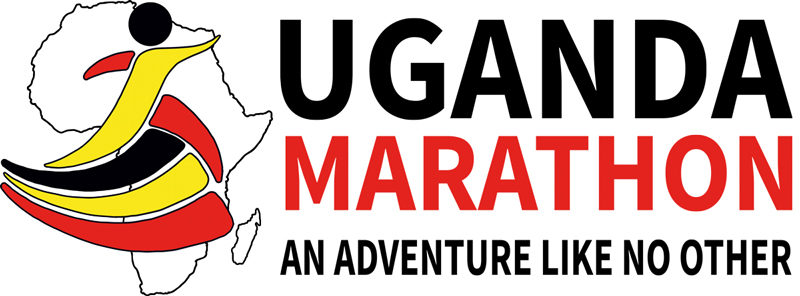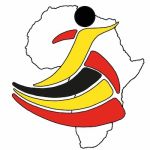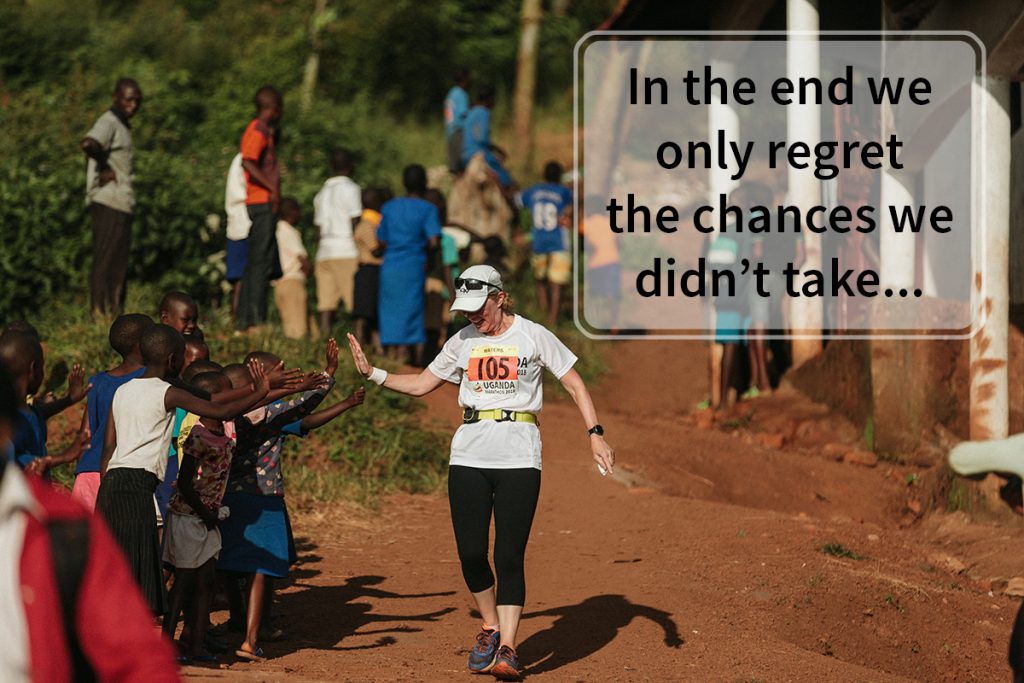.
By Eric Barigye
Welcome back to our weekly blog that explores a particular aspect of Uganda life, to learn more about the people, place, and this week – the trees that surround our Adventure Like No Other!

Uganda has lots of trees! Some numbers put forest and woodland cover in the country at 49,000 km² or 24% of the total land area. These trees are of a very wide variety because they are found in different habitats such as open water systems, wetlands, dry forest, woodland, thicket, bushland and even semi-arid parts.
Today, however, we are going to focus on trees in our locale, Masaka. Let’s get started!
.
.
.
Umbrella Tree
 We begin with the Maesopsis Eminii (pictured left and above), which is known as “Musizi” in Luganda and Umbrella Tree in English. Indigenous to Uganda, this large tree grows in low moist tropical forests. It is a leafy semi-deciduous tree between 10-30 meters. It often has a clear bole (the trunk of the tree) to 10 m, and horizontal branches, with the crown flattened when young but becoming more rounded with age, creating the umbrella shape. Usually used as a shade tree in coffee, tea, cocoa and cardamom plantations, its leaves are used as fodder for animals. The bark makes good roofing material. The wood is used in light constructions for items such as boxes and crates, millwork, plywood or core stock. The tree also provides fuelwood and charcoal.
We begin with the Maesopsis Eminii (pictured left and above), which is known as “Musizi” in Luganda and Umbrella Tree in English. Indigenous to Uganda, this large tree grows in low moist tropical forests. It is a leafy semi-deciduous tree between 10-30 meters. It often has a clear bole (the trunk of the tree) to 10 m, and horizontal branches, with the crown flattened when young but becoming more rounded with age, creating the umbrella shape. Usually used as a shade tree in coffee, tea, cocoa and cardamom plantations, its leaves are used as fodder for animals. The bark makes good roofing material. The wood is used in light constructions for items such as boxes and crates, millwork, plywood or core stock. The tree also provides fuelwood and charcoal.
.
.
Back Cloth Fig Tree
 Next we look at the Ficus Natalensis known as “Mutuba” in Luganda and Back Cloth Fig in English. With the ability to grow in both wet and dry forest as well as thickets, this evergreen tree grows between 12 and 30 m with upright branches and a dense drooping crown. Aerial roots may hang down from the branches and the base of the trunk, often with a mass of interwoven roots.
Next we look at the Ficus Natalensis known as “Mutuba” in Luganda and Back Cloth Fig in English. With the ability to grow in both wet and dry forest as well as thickets, this evergreen tree grows between 12 and 30 m with upright branches and a dense drooping crown. Aerial roots may hang down from the branches and the base of the trunk, often with a mass of interwoven roots.
They are commonly used for Back cloth, and they are also planted as a living fence or hedges. They are also cultivated as a shade tree in coffee plantations. The leaves are often given to domestic animals as fodder. The wood is also used to carve household utensils such as house-posts. Furthermore, its soft wood can be used to make ‘fire sticks’.
Bonus fact: In 2005 the United Nations Education Scientific and Cultural Organisation (UNESCO) named Uganda’s bark cloth as part of the world’s collective heritage, declaring the “art of bark cloth making a masterpiece of oral and intangible heritage of humanity.”
.
.
Long Beak Eucalyptus Tree
 The Eucalyptus tree is known as “Kalitunsi” colloquially here in Masaka and Long beak Eucalyptus in English. It’s a tall evergreen tree that can go up to 30 m, deeply branched but also with a long straight pole. Its bark is white to brown, thin and peeling in long strips; when cut it exudes a red gum. It leaves are grey-blue, long and drooping. Planted for shade and shelter, they protect the soil from both wind and water erosion as well as help in draining the land, thereby destroying a potential breeding site for mosquitoes. The smoke from burning its leaves actually helps to repel insects too!
The Eucalyptus tree is known as “Kalitunsi” colloquially here in Masaka and Long beak Eucalyptus in English. It’s a tall evergreen tree that can go up to 30 m, deeply branched but also with a long straight pole. Its bark is white to brown, thin and peeling in long strips; when cut it exudes a red gum. It leaves are grey-blue, long and drooping. Planted for shade and shelter, they protect the soil from both wind and water erosion as well as help in draining the land, thereby destroying a potential breeding site for mosquitoes. The smoke from burning its leaves actually helps to repel insects too!
The peeled twigs are used as chewing sticks in order to clean the teeth and maintain oral hygiene. The wood is used for strong durable construction. The firewood is suitable for industrial use in brick kilns but is not preferred for domestic use because it is too smoky and burns out too fast.
.
.
African Teak Tree
 Next we go on to Milicia Excelsa also known as “Mvule” in Luganda and African Teak in English, a giant deciduous tree of the lowland forest and wet savannah that is logged commercially. It grows with a wide, flat crown; going up to 50 meters tall. Old trees may have a straight trunk of up to 21 m and 2 m in diameter. The high umbrella crown grows from a few thick branches.
Next we go on to Milicia Excelsa also known as “Mvule” in Luganda and African Teak in English, a giant deciduous tree of the lowland forest and wet savannah that is logged commercially. It grows with a wide, flat crown; going up to 50 meters tall. Old trees may have a straight trunk of up to 21 m and 2 m in diameter. The high umbrella crown grows from a few thick branches.
Its ripe fruits are edible and their juice is used for flavouring. The roots, bark, latex, and leaves are used for medicine. The leaves are used for soil improvement and conservation by mulching its leaves. The mature leaves are also known to substitute sandpaper. The bark is used for dyeing leather and clothes, making the roofs of houses, and that of young trees can be made into loincloths.
.
.
Albizia Coriaria Tree
 Lastly, we look at Albizia Coriaria also known as “Mugavu” in Luganda. Found throughout Uganda on a variety of soils, this deciduous tree raises from 6-36 m, with a spreading and flat crown often with a twisted trunk.
Lastly, we look at Albizia Coriaria also known as “Mugavu” in Luganda. Found throughout Uganda on a variety of soils, this deciduous tree raises from 6-36 m, with a spreading and flat crown often with a twisted trunk.
This tree is used in apiculture (as a useful source of bee forage), provides fodder to the animals, and fixes nitrogen in the soil. Its leaves are also used to hasten banana ripening. It is an ornamental tree and a good shade provider. The bark, leaves, and root bark are all medicinal. The leaves are sometimes used for washing clothes. The leaves are also placed among bananas in order to hasten their ripening. The wood is used for construction such as light and heavy flooring, staircases, furniture, cabinet making, joinery, turnery, implements, carvings, glued laminated timber and veneer. It is also suitable for carpentry, vehicle bodies, toys and novelties, musical instruments, railway sleepers, boxes and crates.
.
And there we have it for this first entry of the Trees Of Masaka series!
Special thanks to Kampala City Council Authority for providing us with great information on these trees.
Thank you as well for joining us and see you again next week! 🙂
.
.
.
.
.




